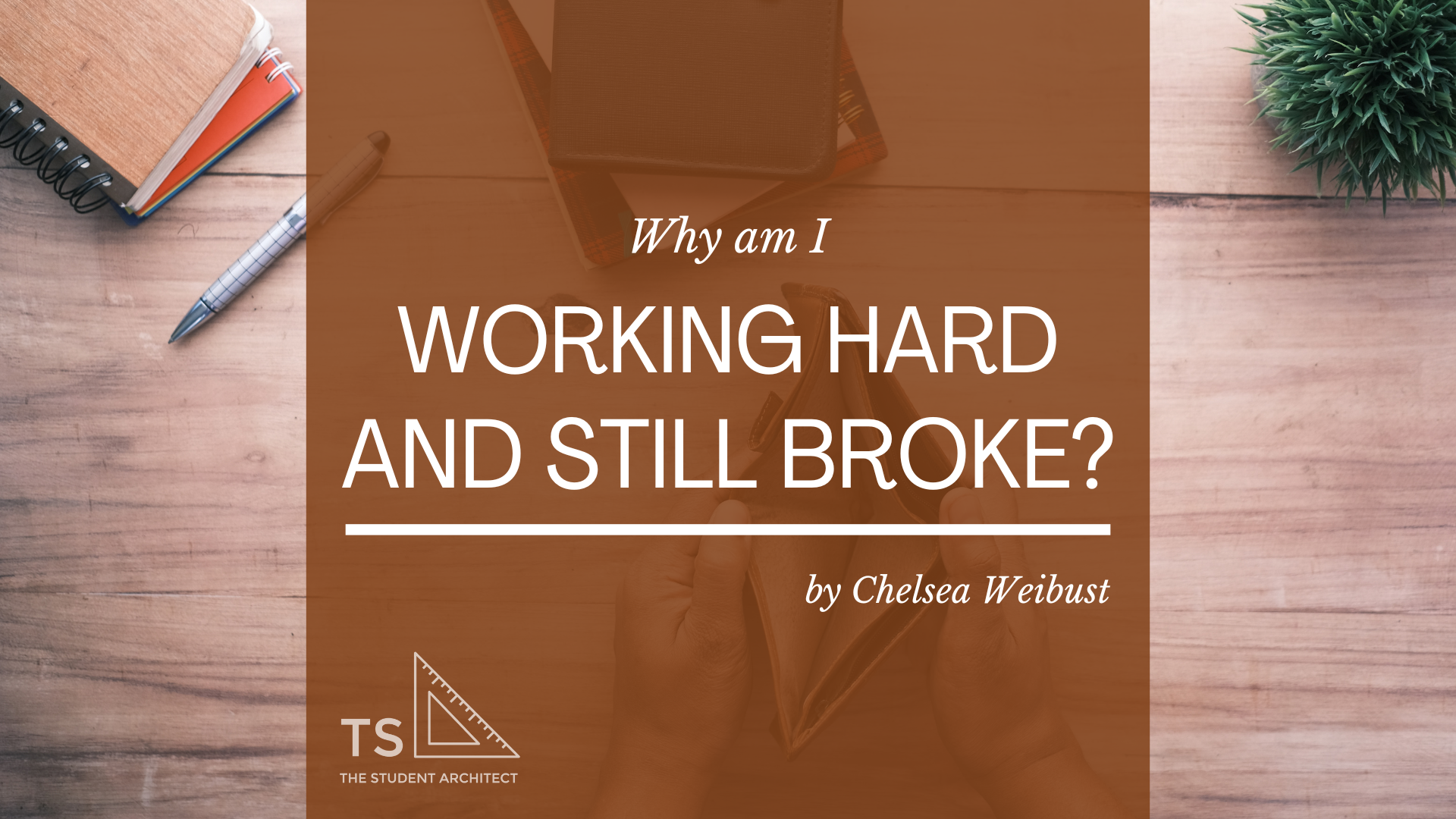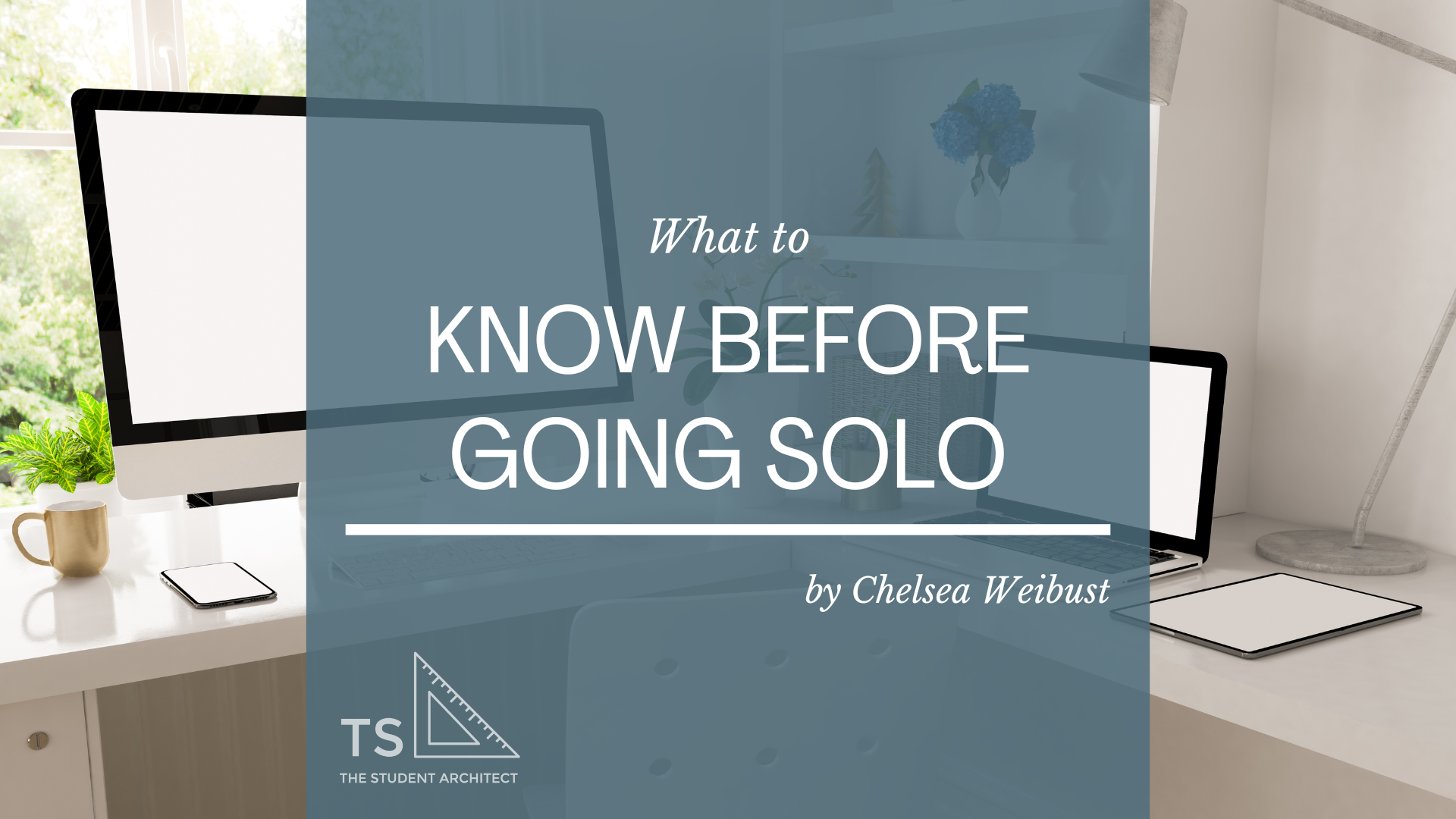Let’s be real—things feel shaky right now. Between economic uncertainty, inflation, new tariffs, and rising costs on just about everything, it’s no wonder homeowners and businesses are pressing pause on design projects. Whether it’s hesitation to spend or simply not having the budget, a lot of potential clients are holding back. And for those of us working in architecture and design—especially if you run your own studio—that can be more than a little unsettling.
The truth is, project pipelines aren’t what they were even just a few months ago. You’re not imagining it: inquiries are slower, contracts are on hold, and you might be wondering what this all means for your business.
So... now what?
1. Let’s Name It: This Is Bigger Than You
When the economy feels unstable, people hesitate to commit—especially to big, long-term investments like renovations, new construction, or even design studies. That means:
Homeowners delay projects
Developers get more cautious
Commercial clients cut or pause funding
This isn’t a reflection of your skills, value, or effort. It’s a wider climate shift. And recognizing that can help take some of the pressure off.
2. Adjust Your Expectations—And Your Offers
In uncertain times, people still need design help, but they might not be ready for a full-service contract. Can you meet them where they are?
Offer smaller entry-point services (consultations, feasibility studies, or limited scope fixed packages)
Rework proposals to highlight value over scope
Emphasize energy savings, space efficiency, or long-term investment value—especially if budgets are tight
It’s about flexibility, not discounting your worth.
3. Strengthen the Foundation of Your Business
Now is the time to clean up the backend of your biz—the stuff that gets neglected when projects are nonstop:
Refresh your website, services page, or portfolio
Automate your onboarding or proposals
Review your pricing strategy and update it for clarity and sustainability
Check in on your cash flow, spending habits, and cash reserve
A solid system creates peace of mind—and better prep for when the pace picks up again.
Feel like you’re leaving money on the table? Check out my Project Profit Planner for a detailed spreadsheet to help you find your fee and compare it to the actual time spent on your project.
Just fill in the grey boxes and all of the built-in formulas will do the rest!
4. Level Up Your Skills—Without the Rush
When client work slows, learning can take the front seat. Use this time to sharpen your tools—literally and figuratively.
Learn new design or project management software or dive deeper (think: Enscape, Rhino, Twinmotion, Revit, SketchUp, or even Notion or ClickUp)
Take online courses, attend webinars, or read up on emerging design tools and trends
Explore skills beyond design—like writing better proposals, storytelling in your portfolio, or communicating design ideas more clearly
Dive into a side project to experiment with what you’re learning
When the market rebounds (and it will), you'll be ready with fresh skills and more confidence.
5. Keep Your Pipeline Warm (Without the Hard Sell)
People might not be ready now, but they’re still watching and planning. Stay top-of-mind by showing up with generosity:
Share past projects and highlight client wins
Educate through blog posts, emails, or short videos
Reach out to past clients with a check-in (not a pitch)
Let collaborators know you have availability coming up
Think of it as planting seeds—not pushing for immediate harvest.
6. Organize Your Process So Future You Wins
Every studio has those “someday” tasks. When things slow down, someday becomes now.
Create or refine your design workflow, documenting your phases and processes
Build out templates for contracts, drawing sets, project forms, etc.
Organize your files and standardize file and folder naming conventions
Start a systems manual so that when you do hire help—or collaborate with someone new—they can jump in without chaos
Identify repeatable steps and look for ways to automate or streamline
Think of it like building your business’s operating manual. Clean, clear, and scale-ready.
The professional way to organize your architecture projects.
📐 Upgrade your folder structure—and stop wasting time searching for that one file.
7. Build Long-Term Resilience—For You and Your Business
Economic dips are stressful. But they also hold space for growth you can’t always access when you’re buried in deadlines:
Reflect on what kind of projects and clients you actually want more of
Consider diversifying income with digital products, teaching, or consulting
Reconnect with your mission or vision—why you started this in the first place
You don’t have to hustle harder to prove you’re surviving. You just have to keep moving—intentionally.
Final Thoughts:
Economic uncertainty can feel scary, like you’re at a dead end—but it can also be a detour that leads you somewhere even better. By investing in your skills, your systems, and your vision, you’re doing more than staying afloat. You’re setting the stage for sustainable, creative, meaningful work—on your terms.
Happy navigating!
Chelsea

















Thinking of leaving the structured world of an architecture firm to go solo? The transition from employee to business owner is a big shift—personally and professionally. Here are five major changes you’ll experience (and grow from!) when you trade firm life for freelancing or running your own design studio—plus tools to help you thrive along the way.